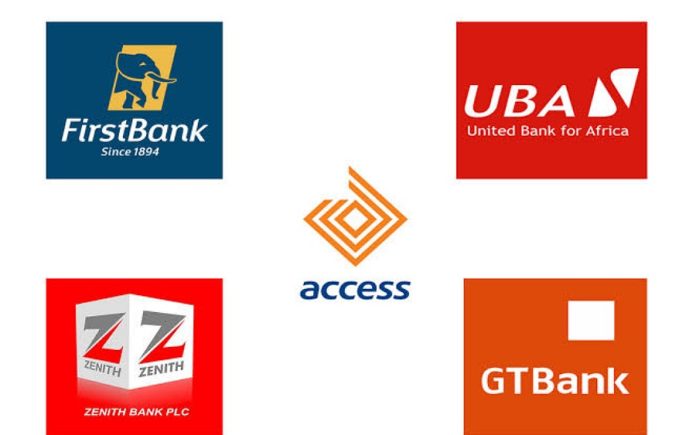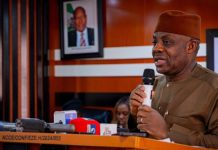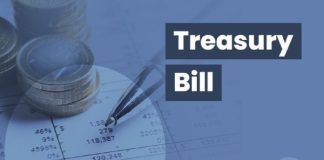Despite a significant liquidity shortfall of over N1 trillion in Nigeria’s banking system, interbank lending rates have unexpectedly declined. This comes as banks continue to struggle with a lack of available cash, with the financial system maintaining a negative liquidity position for the past five days due to the absence of major fund inflows.
As a result, commercial banks have been increasingly borrowing from the Central Bank of Nigeria’s (CBN) Standing Lending Facility (SLF) to meet their short-term funding needs. This situation has persisted ahead of the upcoming Monetary Policy Committee (MPC) meeting scheduled for February 19-20, 2025.
On Tuesday, the banking system’s liquidity situation worsened further, pushing available cash levels deeper into negative territory. Despite this challenge, interbank lending rates saw a slight drop due to an inflow of N10 billion from an Open Market Operations (OMO) repayment, which helped to ease some funding pressures.
In the money market, the Nigerian Interbank Offered Rate (NIBOR) declined across most loan tenures, except for the 6-month NIBOR, which rose slightly by 0.02% to 28.80%.
Data from the FMDQ platform showed that key market indicators, such as the open repo rate (OPR) and the overnight lending rate, dropped slightly by 0.10% each, settling at 32.35% and 32.70%, respectively.
Overall, banking system liquidity remained extremely tight, increasing by 32% to N1.06 trillion from N805.4 billion recorded the previous day. Financial analysts predict that funding rates will stay around their current levels unless significant cash inflows enter the system to boost liquidity.














